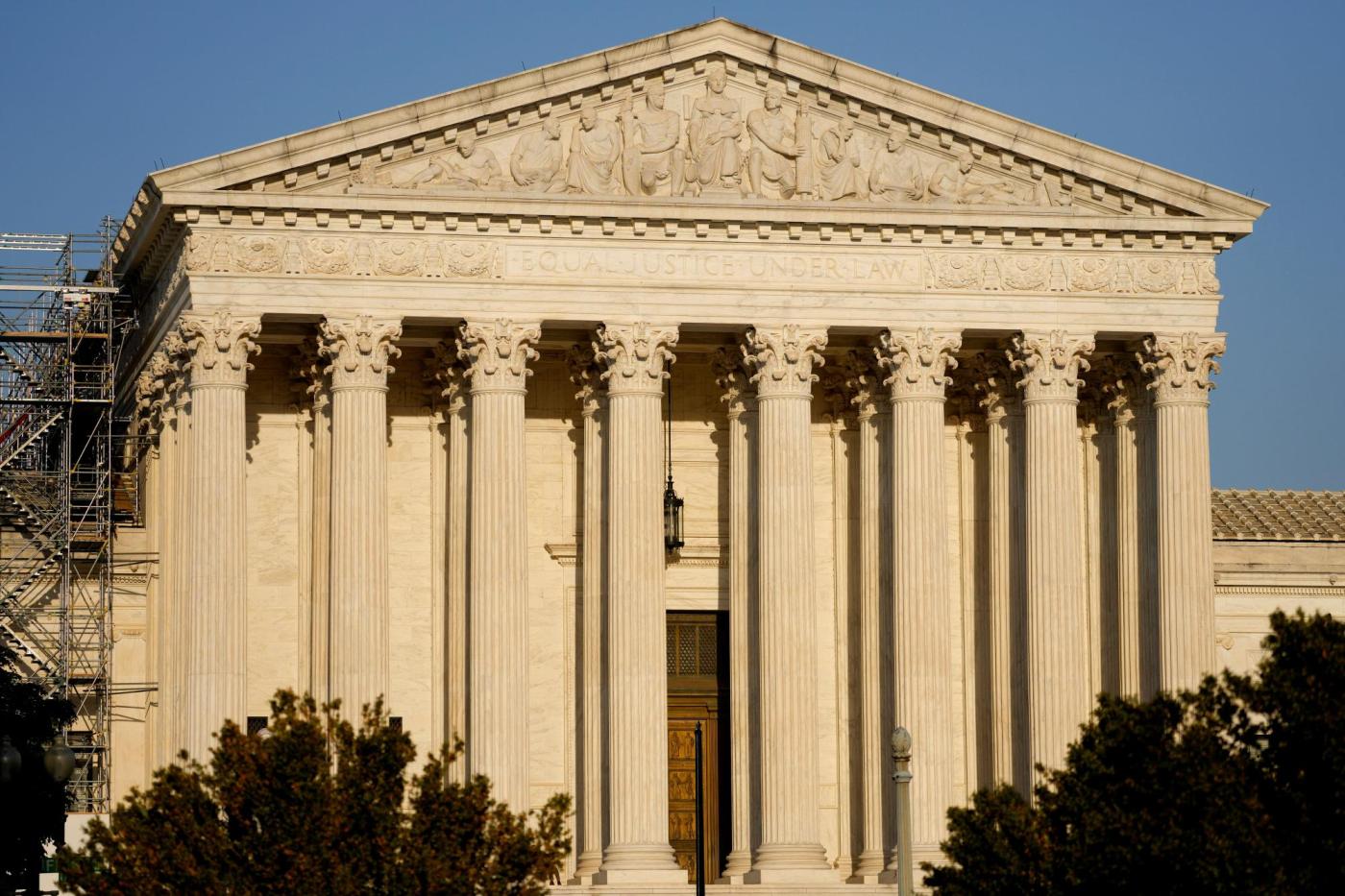
In wake of landmark tax-forfeiture case, Minnesota legal settlement nears completion
A landmark U.S. Supreme Court decision last year centered on a then-94-year-old Minneapolis woman named Geraldine Tyler, who had lost the condominium where she once lived after failing to pay property taxes.
The high court said Minnesota’s process for handling tax-forfeited properties is unconstitutional. Now, Tyler and thousands of other Minnesotans stand to receive money as part of a legal settlement, which is close to completion.
Here’s a closer look at the details.
Why did the Supreme Court say Minnesota violated Geraldine Tyler’s rights?
Tyler owed about $15,000 in property taxes and fees on her Minneapolis condo. Hennepin County seized the property and sold it for $40,000. They didn’t return any of the $25,000 surplus to Tyler.
In a unanimous opinion, the Supreme Court called it an unfair taking without just compensation.
What’s happened since the decision?
The case was sent back to the district court to sort out how much Tyler was owed.
Meanwhile, other Minnesotans who had lost property filed a class-action lawsuit against Hennepin, Ramsey and other counties. Counties argued they were following Minnesota’s forfeiture process, so they shouldn’t be held liable.
Attorneys started discussing the possibility of one statewide settlement, rather than on a county-by-county basis.
After a lot of negotiation, the two sides reached the basic terms of a settlement back in February. In May, state lawmakers approved $109 million to settle the claims.
Since then, the attorneys have been hammering out the details. At the end of June, a district court judge gave the settlement preliminary approval.
After hearing feedback on the settlement, a judge will decide whether to give it final approval at a Dec. 16 hearing. The attorneys have begun notifying people who might be eligible to claim money.
Who’s eligible to file a claim?
Anyone who owned property that was forfeited because of non-payment of property taxes during the designated time frame may be entitled to money. If the original owner is deceased, their heirs may be eligible.
Attorneys for the two sides disagreed on what the statute of limitations should be. In the end, they settled on a seven-year period. For most counties, that means properties that were seized between June of 2016 and December 2023.
For Hennepin County, it’s longer, back to August 2012. That’s seven years before the Tyler lawsuit was filed, in 2019.
Generally, people who submit a valid claim will get up to 90% of the surplus value of their property plus interest. In most cases, that’s the difference between what the county sold it for, and the sum of all the taxes, fees and penalties owed.
There are some cases where a county sold a property for a discounted price. In those cases, officials will calculate the surplus based on its assessed value the year before it went into forfeiture to determine how much the prior owner is owed.
How many people could benefit?
The class-action group includes more than 6,000 properties. The number of people isn’t as clear, because some might own several properties, while some properties might have multiple owners.
Those owners could be eligible for a substantial amount of money. The amounts will vary, but on average are expected to be more than $10,000.
Vildan Teske, one of the lead attorneys in the class-action case, said they are “very pleased” with the settlement, and she hopes property owners who lost their homes file a claim for relief.
“We believe this rights a wrong that has been happening for a number of years,” Teske said. “This is an opportunity for those homeowners to be able to get their surplus value back.”
If someone thinks they are eligible, how do they make a claim?
In some cases, the attorneys are contacting former property owners directly. But they don’t necessarily have up-to-date information on everyone whose homes were taken.
So they’re also using other strategies to get the word out, such as targeted mailings to nursing homes, radio and TV ads, internet banners, and even buses and billboards.
People have until June 6, 2025, to file a claim online. Then officials will determine whether the claims are valid, and how much each person is entitled to.
If all goes smoothly, people could get their money sometime next summer or fall.
How will Minnesota’s tax forfeiture system be different going forward?
The state Legislature passed a bill last session creating a new process for handling forfeited properties.
If counties sell a property for more than the taxes and fees owed, they must notify the prior owner so they can file a claim and collect the surplus.
It also requires counties to do a better job notifying owners that their property is in forfeiture and letting them know about tax relief programs, so they can avoid losing their home in the first place.
Related Articles
DFLers call for Rep. Jeff Dotseth to end campaign over 2008 domestic violence charges
DFL control of Minnesota government hinges on state House elections. A handful of districts will be key.
Metro Transit seeks to expand service by 35% through 2027. Here’s the new routes.
Donald Trump used claims about abortion in Minnesota to paint Tim Walz as extreme. What did the governor sign into law?
St. Paul City Council gets earful on proposed cannabis rules

